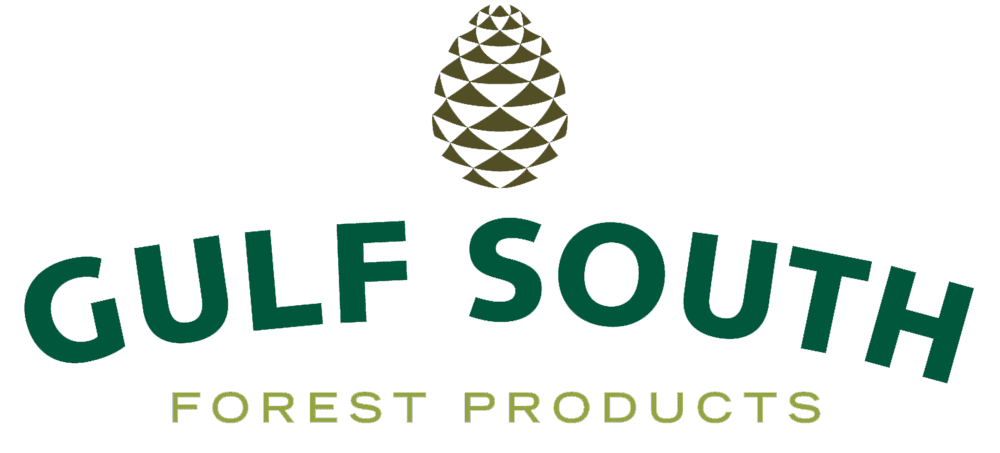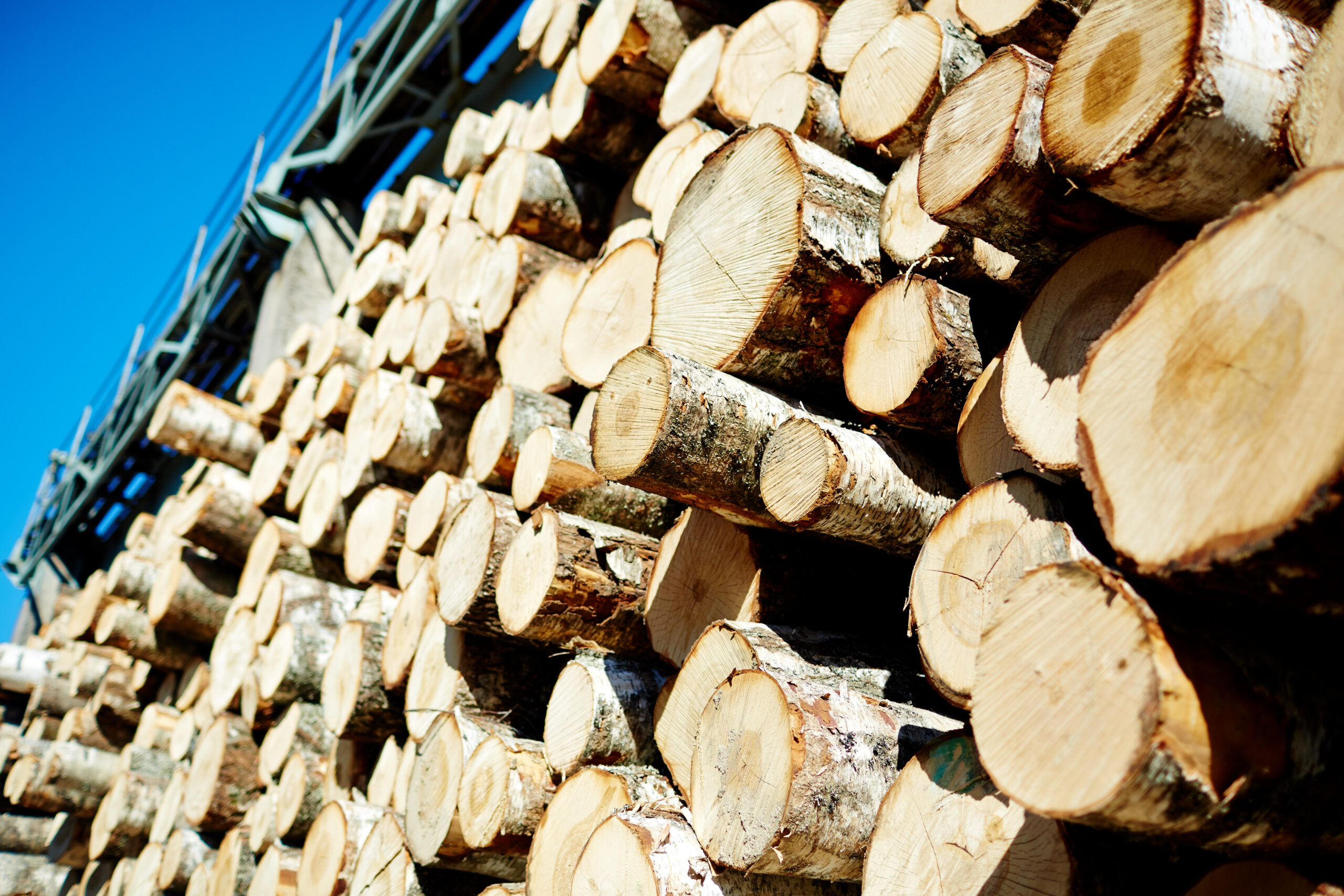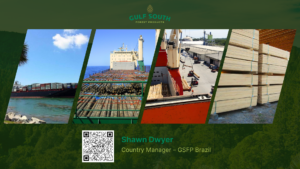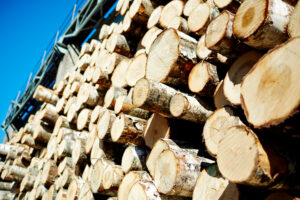Global export of trade commodities like timber is responsible for 16 million hectares of forest lost each year. The culprits are the illegal logging industry, unsustainable forestry practices, and increased infrastructure development.
One of its biggest consequences is deforestation, which leads to climate change and threatens biodiversity.
To tackle these challenges, the European Union introduced the European Union Deforestation Regulation (EUDR). The law aims to promote sustainability and conservation of natural resources.
However, the EUDR isn’t as straightforward, and its regulations significantly impact the timber industry.
This guide will help you understand the EUDR, its challenges for the timber industry, and how you can turn them into opportunities. You’ll also learn how to stay compliant without losing your competitive edge.
What is the EUDR?
The European Union Deforestation Regulation (EUDR), previously known as Regulation (EU) 2023/1115, was implemented on 9th June 2023. The law aims to prevent illegal logging and associated activities to reduce the consumption of illegally harvested timber.
The ultimate goal of EUDR is to prevent forest degradation and deforestation within and outside European countries.
In simple words, deforestation-related products can’t be traded. And to ensure this practice is followed, all the European countries have to prove that certain products don’t belong to the land deforested after 31st December 202.
Things get complicated after this.
Exporters are expected to provide documentation that all the products comply with the supplying country’s laws regarding environmental protection, land use, labor rights, and other factors.
Suppliers that export to Europe must also provide certificates and documents of traceability to their European partners.
And let’s not forget the shippers. They’re required to play their part by providing the exact location of the forests the wood is harvested from.
The geological points should also be defined in terms of latitude and longitude with six decimal places. That’s not all. The tree species and date and time of harvest will also need to be provided.
This, as you’d be thinking, is a lot to comply with.
Benefits of EUDR Compliance
Despite the challenges EUDR brings, here are some key benefits of EUDR compliance for timber exporters.
Continued Access to European Markets
One of the biggest advantages of EUDR compliance is continued access to the European market, one of the largest consumers of timber globally.
Playing by the rules and regulations of EUDR ensures you can avoid bans and restrictions on their products, keeping your footing firm in one of the most lucrative markets.
Enhanced Brand Reputation And Alignment With Sustainability Goals
The market is environmentally conscious, and showing your commitment to sustainability can do wonders for your brand.
Your consumers or business partners also trust you for prioritizing ethical sourcing, which builds trust and credibility among stakeholders.
Long-Term Benefits For Companies Investing In Sustainable Practices
Focusing on sustainability positions your company favorably in an eco-conscious marketplace.
You also focus on more sustainable forestry practices, which eventually lead to improved resource management and reduced operational risks.
Moreover, investing in traceability systems and risk management processes helps you build a protective layer against regulatory changes and supply chain disruptions.
Best Practices for Achieving EUDR Compliance
Build a Strong Traceability System
Traceability is the hardest part of EUDR compliance.
You can set up a system that tracks the timber from the forest to the market, allowing you to track the exact plot.
We’d suggest you start with digital tools like GPS mapping or blockchain to make the process efficient.
Get Third-Party Certifications
You can get certifications from organizations like the Forest Stewardship Council (FSC) to demonstrate your timber is high quality and it meets sustainability standards.
These certifications act as proof that your timber is responsibly sourced, assuring your buyers that they’re getting compliant timber.
Partner with Technology Providers
Technology partners that specialize in traceability and supply chain transparency can offer tools that make tracking timber easier.
These tools track timber through every stage of the supply chain and ensure your documentation is up-to-date and accurate.
Challenges for U.S. Lumber Exporters
If you’re in the timber industry, you’ll have to tackle a lot of challenges to access the European market.
Let’s take a look at some of them:
Compliance Issues
EUDR wants you to provide detailed information on where the timber came from, which is difficult if records are incomplete.
You also have to carry out serious due diligence by checking your supply chain to ensure the timber comes from the legal areas only.
Here’s the shocking part.
Despite all these steps, if there’s the slightest chance of timber being linked to deforestation, you’ll have to do additional documentation to come out clear.
But all these steps require a mountain of paperwork to be done, and tracing its exact location is as hard as it sounds. This becomes extremely challenging, especially if your supply chain involves small procedures.
Complex Supply Chains
Another big challenge the exporters face is meeting the EUDR geological requirements.
According to current practices, U.S. sawmills source wood from hundreds of landowners and loggers daily.
Due to this centralized nature of systems, tracing each wood back to its exact location is nearly impossible, which makes things further harder for the American exporters.
Cost Implications
You have to invest in new technologies to trace the exact location of timber. Hiring experts then become crucial to ensure you always carry out due diligence.
This includes developing systems that can assess risk, collect geolocation data and provide evidence that products are deforestation-free.
This significantly adds up operational costs for U.S. based companies which forces them to stop exporting to the European markets altogether.
Unfair Trade Practices
These EUDR regulations are also somewhat unfair to the timber industry, particularly to American exporters.
From proving sustainable sourcing to providing the exact latitude and longitude of the location, these requirements create more barriers for them compared to other big players in the international market.
Meanwhile, there’s a strong need to exempt U.S. exporters from certain regulations to promote sustainable practices without setting unrealistic expectations.
One way is to negotiate better trade agreements that acknowledge U.S. lumber sourcing practices.
This would better help balance trade interests while also meeting the sustainability goals for a more equitable trading framework.
Transparency Requirements
You have to be extremely clear about all the processes, from timber sourcing to exporting to everything else.
You’re also required to document all this information, which means it’s either black or white. This can strain your relationships with suppliers who aren’t yet ready to meet these standards.
Adopting New Technology
You have to adopt new technologies, such as blockchain for transparency and digital tracking systems, to meet the EUDR requirements.
Shifting to these technologies and tools is hard. It takes time, effort, and energy, and ends up slowing the entire process.
The EUDR poses significant challenges for U.S. timber exporters, from excessive compliance requirements to inflated operational costs. While the goal of combating deforestation is commendable, the uneven playing field created by these regulations puts smaller exporters at a severe disadvantage. Without exemptions or better trade agreements tailored to the realities of U.S. sourcing practices, the EUDR risks driving many exporters out of the European market entirely. The promise of sustainability shouldn’t come at the expense of fair trade practices. It’s time for policymakers to recognize the unique challenges faced by U.S. exporters and implement measures that balance environmental goals with equitable trade.
